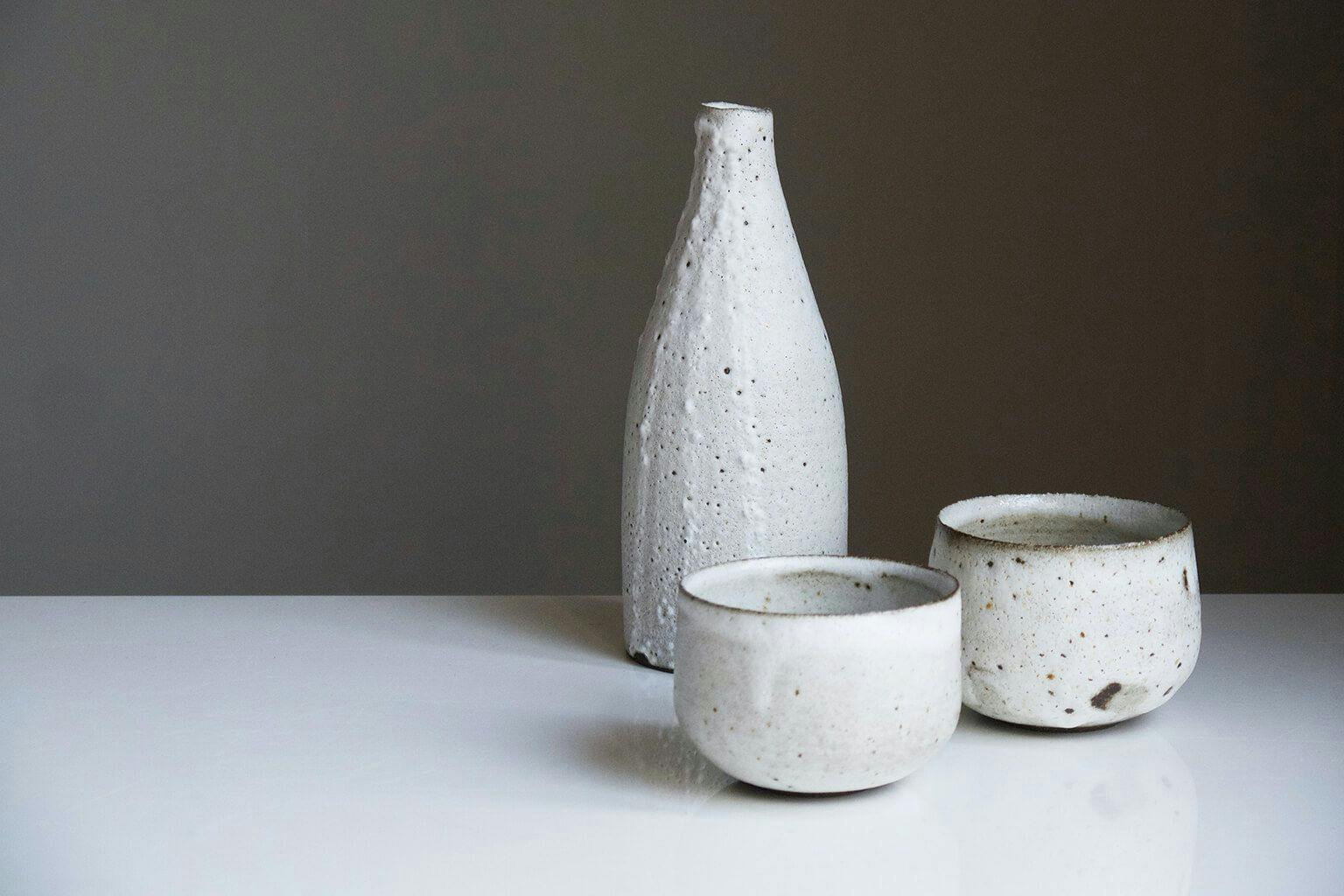A Silver Lining in Every Cloud: An Introduction to Nigori Sake
Table of Contents
Nigori, meaning “cloudy,” refers to a style of sake that is coarsely filtered, allowing a portion of the rice sediment to be left in the finished brew. This gives the sake a milky-white hue and a smooth, creamy texture. Originally, all sake was nigori. As early as 300 AD, when alcohol production in Japan was first recorded, there was a drink called doburoku, a murky, ricey, low alcohol beverage that quenched thirst and provided sustenance. In modern times, sake brewers aspired to make sake clear, and nigori was hardly made at all. In fact, nigori was made illegal for a long time in order to restrict rural rice farmers from brewing their own moonshine. It wasn't until the latter half of the 20th century that the nigori style was revived and has since been very popular in overseas markets, particularly the U.S.
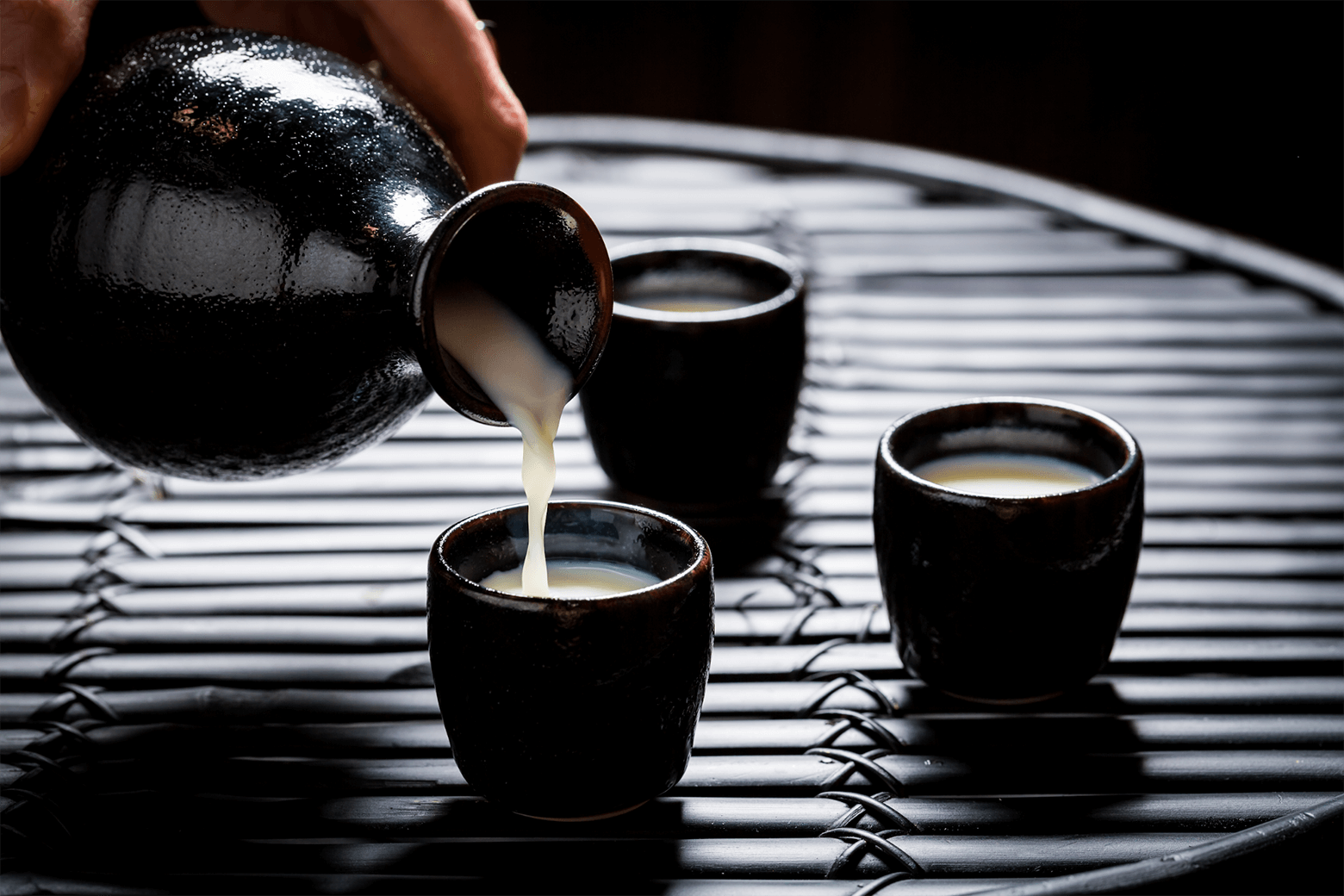
Nigori has a variety of flavor profiles from dry to sweet, and goes very well with fried food, spicy food and desserts. This month, we will take a look at two of Tippsy’s more special nigori offerings. “What makes them special?” you ask. Typically, nigori sake does not use rice that is highly polished. However, both of the sake discussed here contains rice that is polished to a ginjo grade, meaning 60 percent or less of each grain of rice remains after polishing. These are much more refined, nuanced nigori, to be sure. Just remember to shake well, serve cold and enjoy!
Rihaku “Dreamy Clouds”
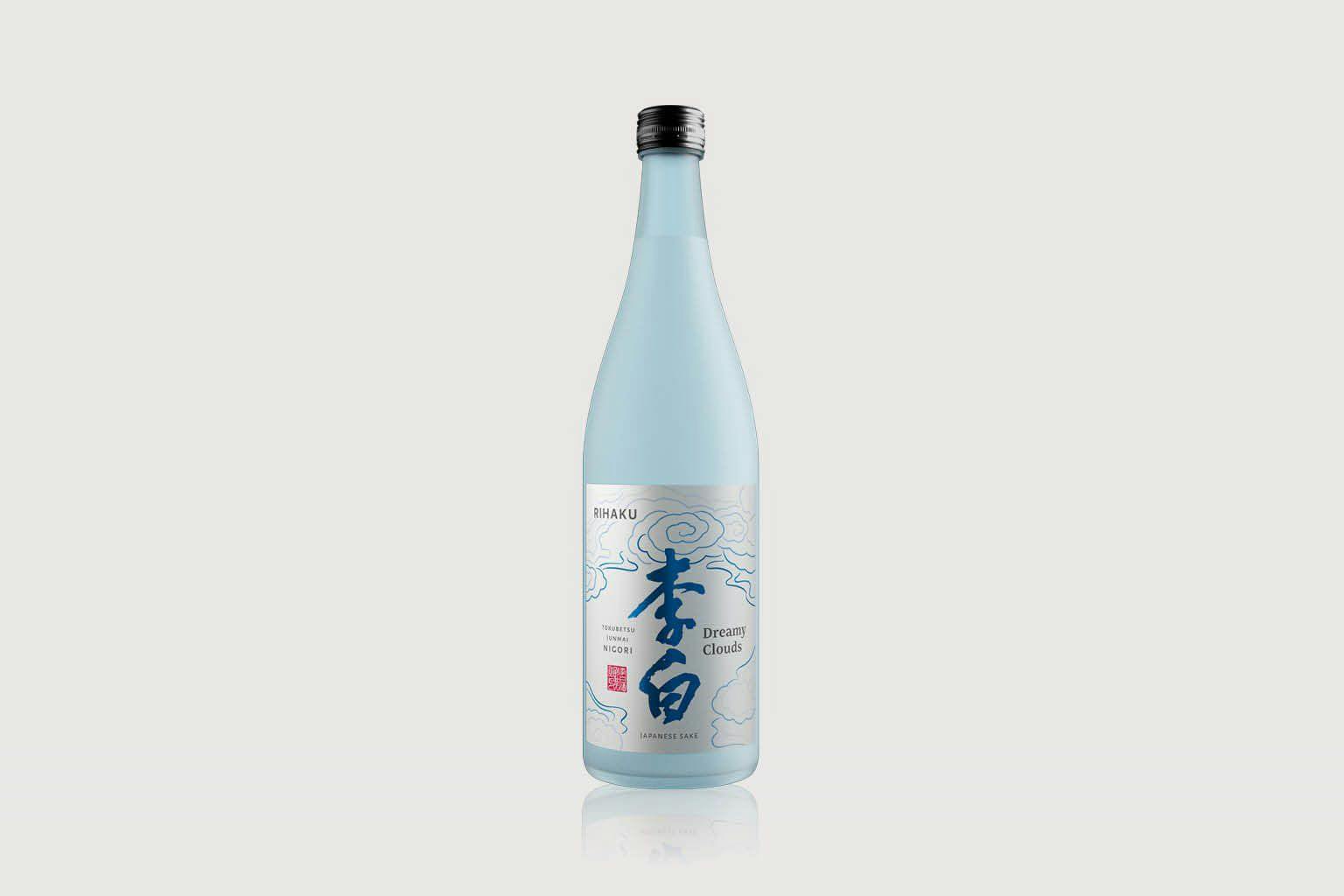
Rihaku, the brewery’s namesake, was a famous poet of ancient China. Rihaku was known for his passion for alcohol, and for using its effects to inspire his many poems. In turn, this Shimane Prefecture brewery has used the poet and his words as inspiration for their own creative endeavors in making quality sake. Excerpts of his verse are often included on their labels, and their various brews are named after lines from his poems.
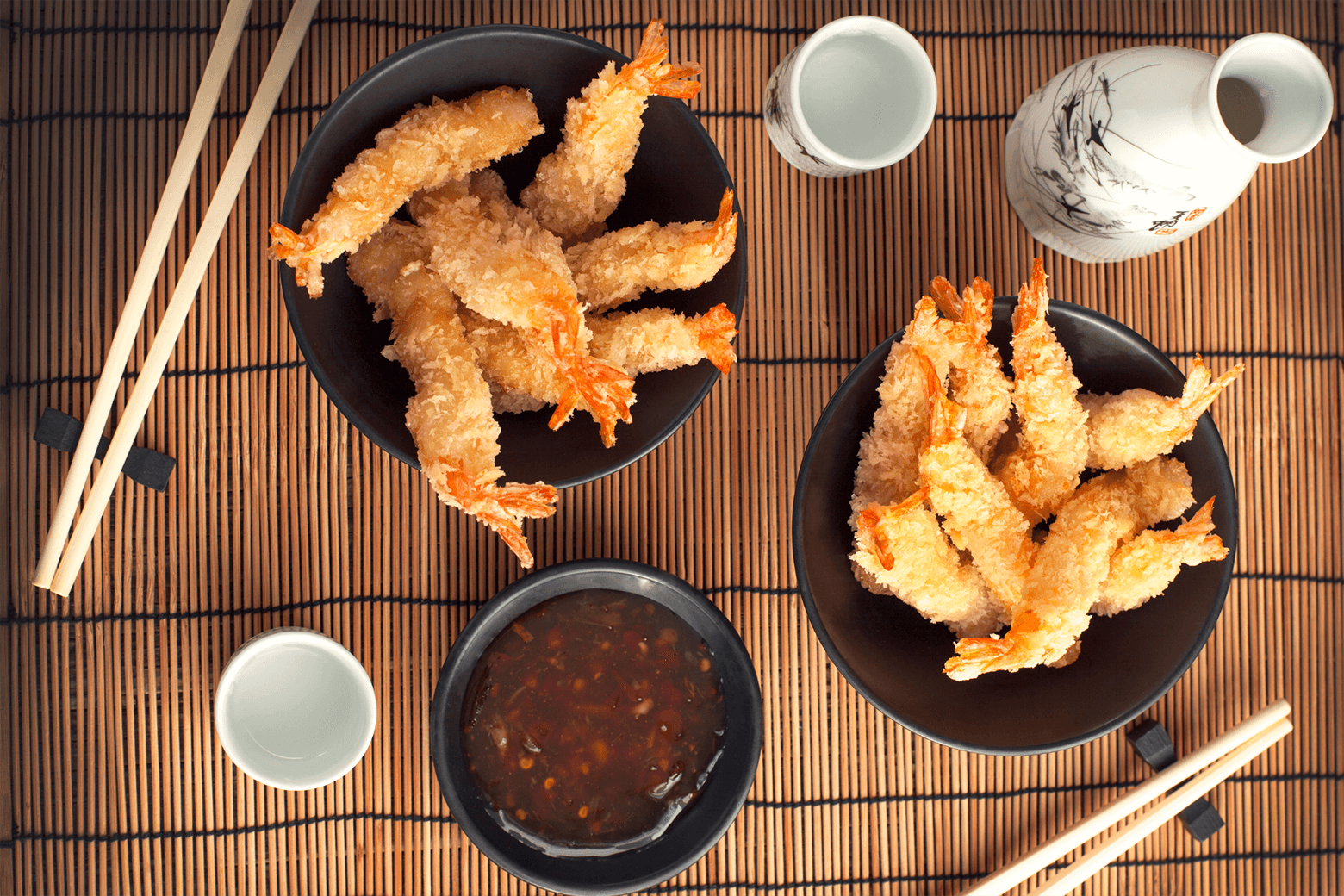
With Dreamy Clouds, the first thing the drinker might notice is that this sake is less cloudy than others they may have encountered before, resembling more of a cirrus cloud, than a cumulus. This is because Rihaku has made an usu-nigori (thin nigori), where less of the rice sediment, called kasu, is allowed to pass through filtering, creating a more opaque complexion. This technique, combined with the use of premium sake rice that is polished to 59 percent, allows for a more complex finished product. It still has those lovely creamy textures that the rice provides to all nigori, but also a more delicate nose of prune and toasted almond. The sake is quite dry by nigori standards, but well balanced. There is a tart acidity that plays very well with the round, smooth, cooked rice texture. Fried food like tempura would be great with Dreamy Clouds, but I also think it would be excellent served with fried chicken and macaroni and cheese.
Shichi Hon Yari “Nigori”
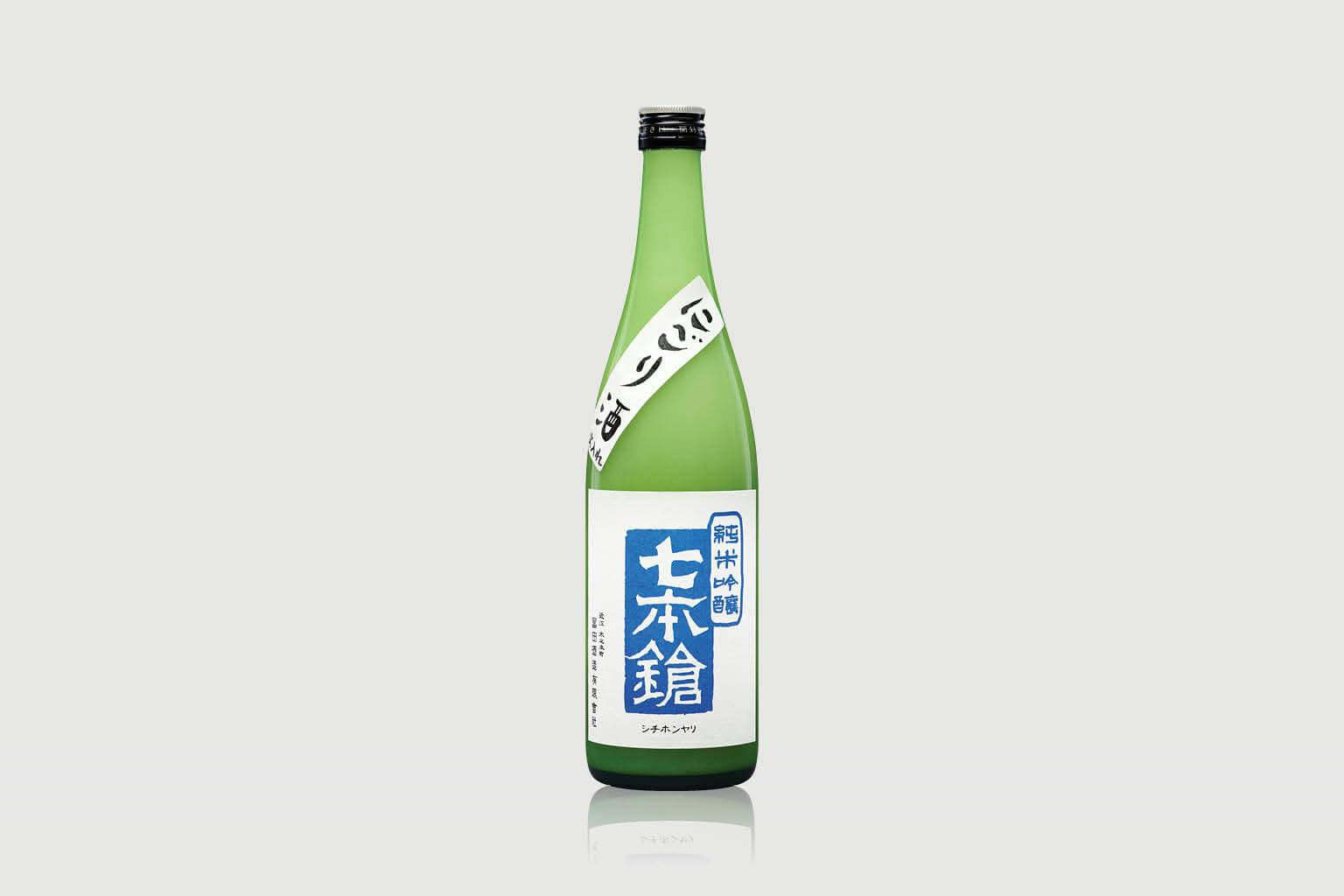
Shichi Hon Yari, or “Seven Spearsmen”, is made by Tomita Brewery in Shiga Prefecture. Their sake is named after seven brave warriors who brought glory to the region of Shiga through their victories, and were instrumental in bringing a significant change of leadership to all of Japan in the 1500s. Tomita, one of the smallest and oldest breweries in all of Japan, takes great pride in their care and attention to detail in their production and the contributions they have brought to the sake world both in the past and present. They also use only local rice and water to showcase the unique bounty the fields and mountains around their village have provided.
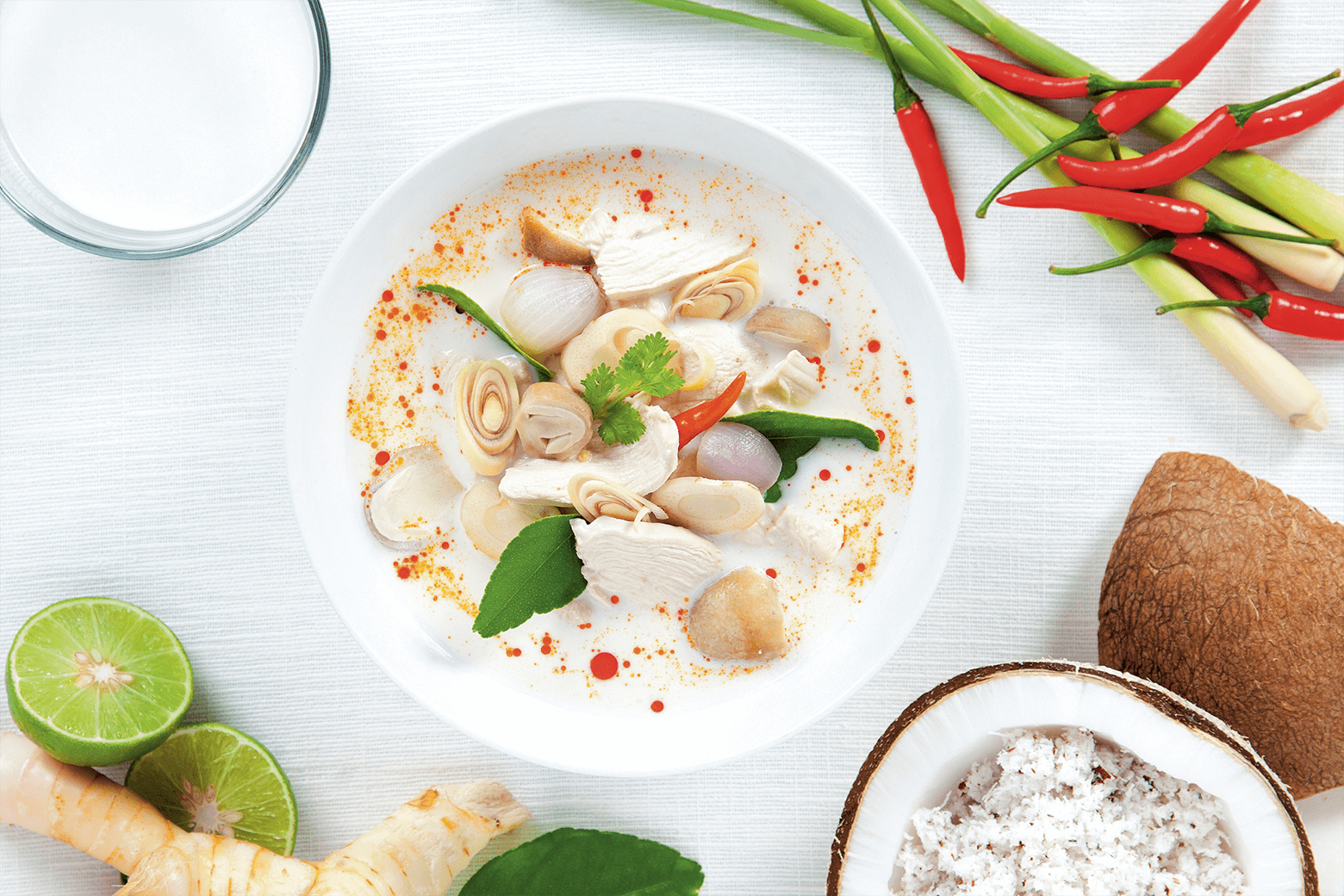
All of these qualities are present in this nigori. Tomita uses a rice called Tomakazae, which is indigenous to Shiga, and applies a ginjo-grade polishing treatment to bring forth great tropical aromas. There is such gentle silkiness in the mouth as a result of both allowing the rice to express itself through the coarse filtration and the local water, which is so good, it is never filtered, and used just as it comes from the mountains. This cloudy sake has a mildly-sweet profile, but is never overbearing or cloying. The coconut elements in the sake would pair well with a tom kha gai Thai chicken soup, and serve a nice counterbalance to the heat from chili in the soup. The brewery recommends a burger and fries, and I think a mushroom swiss burger in particular would be a fun pairing.

Bryan West
Bryan West has been a professional in the hospitality industry for over 15 years, and a longtime lover of sake. He currently works at n/naka, Chef Niki Nakayama’s temple to modern kaiseki cuisine in Los Angeles (2 Michelin stars, 2019). He is a certified Sake Advisor and Sake Sommelier through SSI (Sake Service Institute), and holds a Master’s of Fine Arts degree from UCLA. Bryan is thrilled over the current international sake boom, and is committed to being an ambassador for this wonderful drink that is so rich in culture and story.
Learn about Tippsy’s Editorial process
Recent posts
All about sake
Sign up to receive special offers and sake inspiration!
